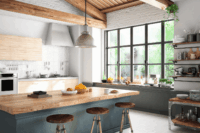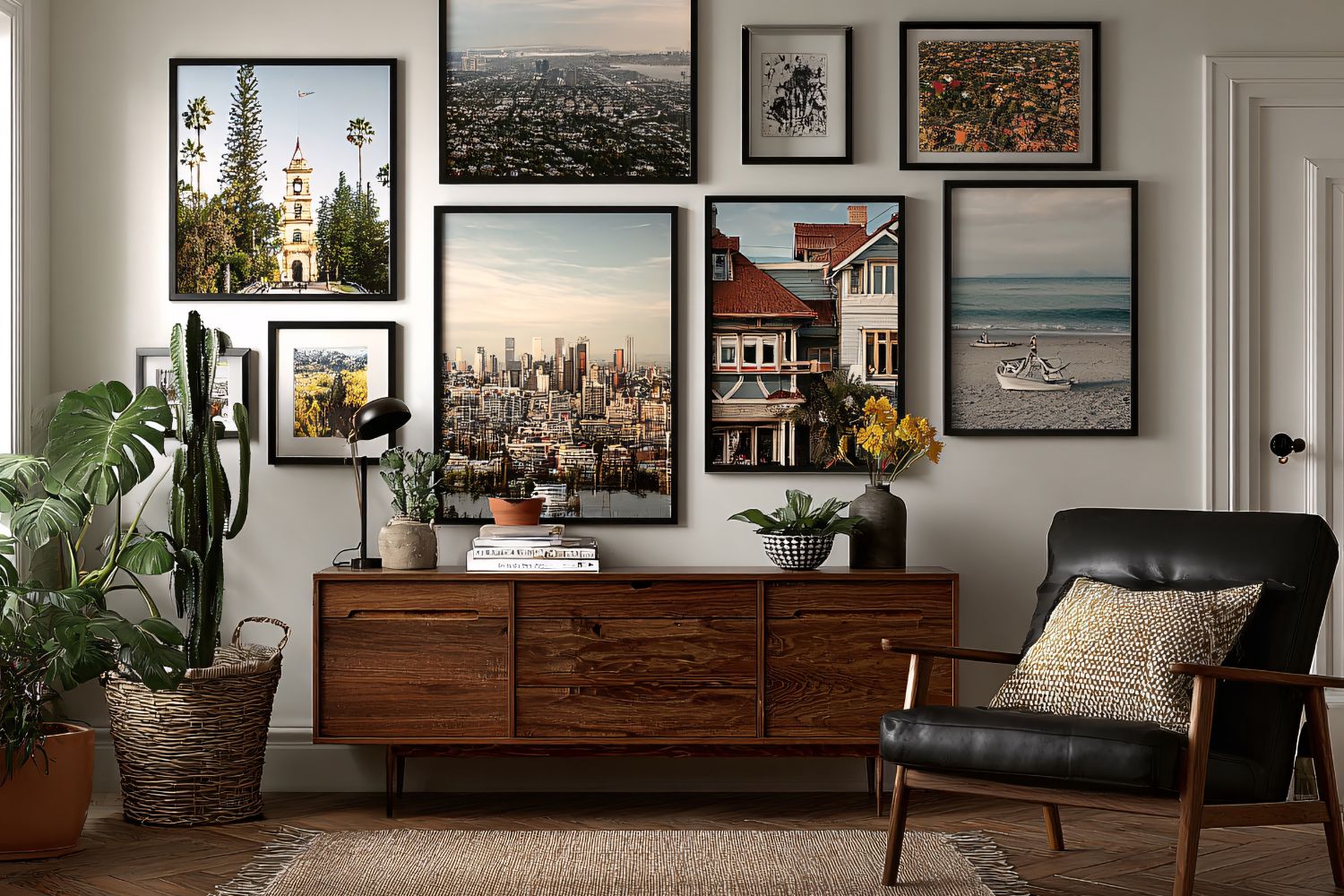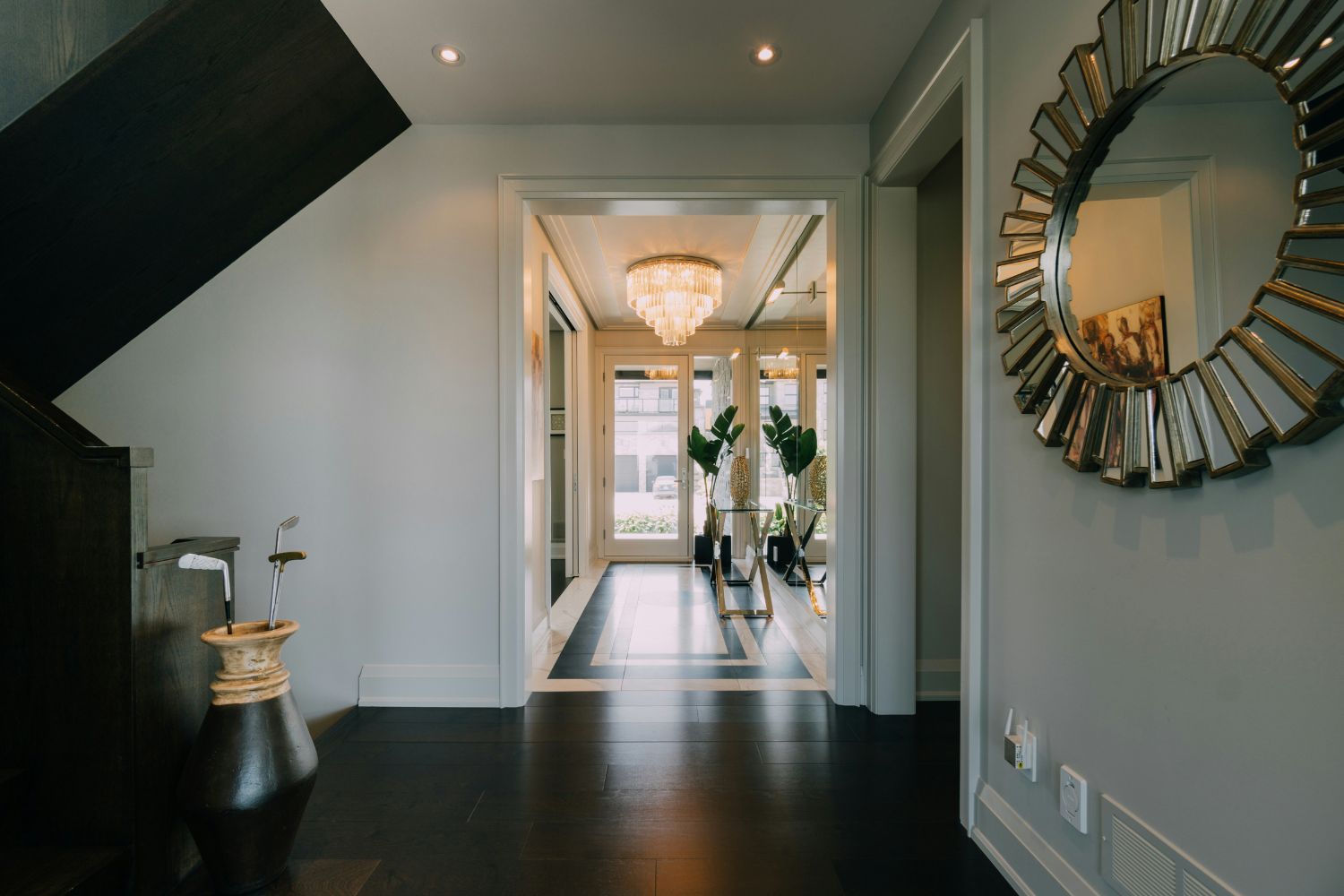- Home
- Articles
- Architectural Portfolio
- Architectral Presentation
- Inspirational Stories
- Architecture News
- Visualization
- BIM Industry
- Facade Design
- Parametric Design
- Career
- Landscape Architecture
- Construction
- Artificial Intelligence
- Sketching
- Design Softwares
- Diagrams
- Writing
- Architectural Tips
- Sustainability
- Courses
- Concept
- Technology
- History & Heritage
- Future of Architecture
- Guides & How-To
- Art & Culture
- Projects
- Interior Design
- Competitions
- Jobs
- Store
- Tools
- More
- Home
- Articles
- Architectural Portfolio
- Architectral Presentation
- Inspirational Stories
- Architecture News
- Visualization
- BIM Industry
- Facade Design
- Parametric Design
- Career
- Landscape Architecture
- Construction
- Artificial Intelligence
- Sketching
- Design Softwares
- Diagrams
- Writing
- Architectural Tips
- Sustainability
- Courses
- Concept
- Technology
- History & Heritage
- Future of Architecture
- Guides & How-To
- Art & Culture
- Projects
- Interior Design
- Competitions
- Jobs
- Store
- Tools
- More
Bathroom Renovating with Low Budget: Affordable Ideas for a Stylish Transformation
Transform your bathroom on a budget with creative and strategic tips. Learn how to prioritize updates, use cost-effective materials, embrace DIY projects, and avoid common pitfalls to create a stylish and functional space without overspending. Discover how thoughtful planning and resourceful choices can make your low-budget renovation a success while adding value to your home.

Renovating a bathroom can feel like a pricey endeavor, but it doesn’t have to drain our wallets. With a bit of creativity and smart planning, we can transform our bathroom into a stylish and functional space without breaking the bank. It’s all about making thoughtful choices and focusing on impactful changes.

Table of Contents
ToggleWhy Choose Bathroom Renovating With Low Budget
Renovating a bathroom with a low budget enables significant transformation without draining resources. It focuses on prioritizing essential updates while eliminating unnecessary expenses. This approach creates a balance between functionality and design.
Saving money is a key advantage of low-budget renovations. By reusing fixtures like sinks, mirrors, or cabinets and opting for cost-effective materials such as ceramic tiles or laminate, we keep expenses minimal while achieving a modern look.
Sustainable choices become more accessible with a limited budget. Repurposing existing items and choosing eco-friendly products like low-flow showerheads or energy-efficient lighting reduces environmental impact.
Customization remains achievable even with constraints. Innovative design elements like DIY wall accents, peel-and-stick tiles, or inexpensive hardware upgrades add a personal touch without increasing costs.
A low-budget method also allows allocating funds to other priority areas of the home. By managing resources effectively, we improve overall property value while ensuring quality enhancements.
Planning Your Low-Budget Bathroom Renovation
Efficient planning is essential for optimizing resources in a low-budget bathroom renovation. Allocating funds wisely and focusing on essentials ensures effective results.

Setting A Realistic Budget
Outlining a clear budget helps define renovation boundaries and prevents overspending. Start by determining the total amount available and allocating specific portions for key areas like fixtures, materials, and labor (if needed). Leave a margin of around 10-15% for unexpected costs to avoid financial strain. Research costs for high-priority upgrades like vanities or tiling to ensure estimates align with available funds.
Prioritizing Renovation Needs
Focus on functional and aesthetic improvements that offer the most impact. Address essential repairs first, such as plumbing issues or damaged surfaces, followed by visual updates like painting or refinishing. Consider cost-effective options like reglazing tiles or repainting rather than full replacements. Concentrate on elements that improve usability and enhance the bathroom’s overall appearance, such as lighting or storage upgrades.
Cost-Effective Bathroom Renovation Ideas
Maximizing impact with minimal spending is achievable using strategic and creative approaches. By focusing on affordable upgrades, we can enhance functionality and aesthetics without exceeding the budget.

Repainting Walls And Cabinets
Repainting is one of the most affordable ways to refresh a bathroom. We can use moisture-resistant paint in light colors to create a clean, airy feel. Updating cabinet colors with a semi-gloss finish adds durability and a polished look. Choosing neutral shades ensures the space stays timeless.
Replacing Fixtures Without Breaking The Bank
Replacing fixtures doesn’t have to be expensive. Swapping out outdated faucets, showerheads, and cabinet handles with affordable, modern options achieves an instant update. For example, brushed nickel or matte black finishes elevate the design sense at a reasonable cost. Factory outlet stores and online marketplaces often have discounted options.
DIY Projects To Save Money
DIY projects reduce labor costs while personalizing the bathroom. Installing peel-and-stick tiles or applying waterproof wallpaper refreshes walls affordably. Building floating shelves provides additional storage without hiring professionals. Repurposing wooden crates as storage units adds functionality and charm.
Affordable Materials And Supplies To Consider
Renovating a bathroom on a low budget is achievable with strategic material choices. Selecting cost-efficient options enhances quality while keeping expenses minimal.

Choosing Budget-Friendly Flooring Options
Opting for affordable flooring materials ensures a stylish finish without overspending. Vinyl flooring, available in a variety of designs, mimics the appearance of expensive options like wood or stone while offering water resistance. Porcelain tiles present another durable and low-cost choice, especially in smaller sizes. For an even more economical solution, peel-and-stick tiles are easy to install, saving on labor costs. When selecting flooring, prioritize durability and moisture resistance for long-lasting results.
Using Repurposed Or Discounted Materials
Repurposed materials combine sustainability with cost savings. Salvage yards and online marketplaces like Craigslist or Facebook Marketplace often feature discounted options for fixtures, sinks, or mirrors. Purchasing remnants, such as countertop pieces or discontinued tiles, provides premium materials at reduced prices. Sanding, repainting, or refinishing old cabinets or shelves can transform them into functional pieces for a fraction of the cost. For added value, consider upcycling items like reclaimed wood for shelving or accent details.
Mistakes To Avoid In Low-Budget Bathroom Renovations
Avoiding common mistakes ensures effective use of resources and prevents unexpected expenses during low-budget bathroom renovations. Let’s focus on issues that often disrupt cost-efficient projects.

Underestimating Costs
Accurately calculating expenses is crucial for sticking to a budget. Overlooking costs like delivery fees, small hardware purchases, or waste disposal can create financial strain. For example, opting for affordable tiles but ignoring the cost of grout or adhesive can lead to surprises later. Including a contingency margin of at least 10% accommodates minor unexpected expenses while avoiding disruptions to the renovation plan.
Skipping Proper Research
Skipping research undermines both cost savings and quality. Comparing prices for materials and services ensures the best deals without compromising on durability. For instance, researching various online marketplaces, clearance sales, or discount stores often uncovers budget-friendly yet reliable options. Additionally, checking product reviews prevents investing in substandard items that require future replacements, increasing overall expenditure.
Conclusion
Creating a stylish and functional bathroom on a low budget is achievable through thoughtful planning and strategic decision-making. By prioritizing essential updates, selecting cost-effective materials like vinyl or peel-and-stick tiles, and considering repurposed or discounted items, we can maximize impact without overspending. Incorporating DIY projects, such as refinishing cabinets or adding storage with floating shelves, allows us to personalize the space while saving money.
Efficient budgeting is key. Allocating funds to critical areas like fixtures or necessary repairs ensures resources are directed where they’re most needed. Avoiding common mistakes, like overlooking hidden costs or neglecting product research, helps maintain financial control and ensures long-lasting results. With creativity, proper planning, and resourceful choices, we can transform any bathroom into an appealing space on a limited budget.
- affordable bathroom decor
- affordable bathroom remodeling
- affordable bathroom transformations
- bathroom renovation under $500
- budget bathroom accessories
- budget bathroom design
- budget bathroom ideas
- budget bathroom renovation
- budget-friendly bathroom solutions
- budget-friendly bathroom updates
- cheap bathroom renovation ideas
- cost-effective bathroom redesign
- DIY budget bathroom renovation
- economical bathroom upgrades
- inexpensive bathroom transformation
- low budget bathroom ideas
- low budget bathroom renovation tips
- low-cost bathroom makeover
- small budget bathroom remodel
- stylish bathroom on a budget
- thrifty bathroom renovation ideas
Submit your architectural projects
Follow these steps for submission your project. Submission FormLatest Posts
Modern American Homes: Interior Design Trends to Watch in 2026
Interior design in the United States is evolving toward warmer, more adaptable,...
10 Popular Interior Design Styles in the USA
Interior design in the USA reflects a wide range of lifestyles, cultural...
How to Create a Timeless Living Room: Principles, Ideas, and Inspiration
The living room stands as the heart of every home—a gathering place...
Unlocking Home Curb Appeal: Transform Your Entryway with Expert Solutions
Your home’s entryway is more than just a door—it’s the first impression...












Leave a comment